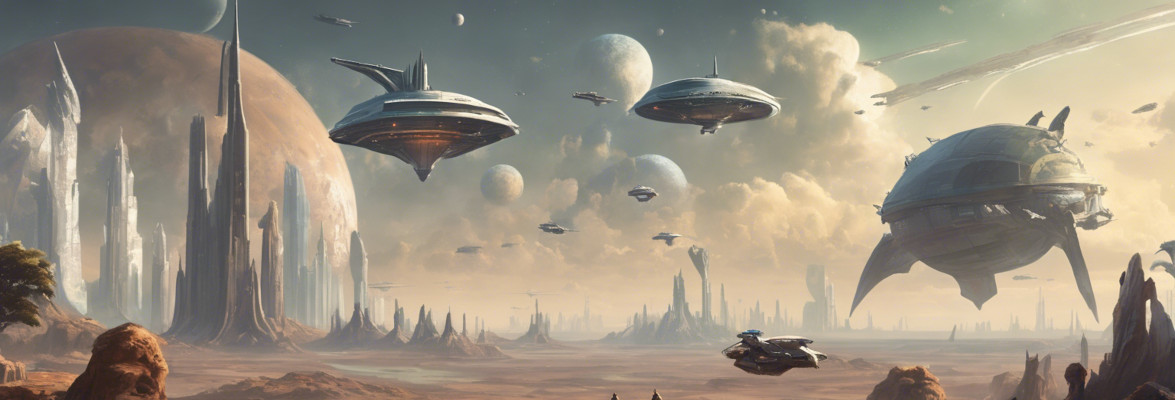
The novel “The Wild Shore” by Kim Stanley Robinson was published for the first time in 1984. It’s the first book in the trilogy of the Three Californias.
For the inhabitants of a small Californian community that makes a living mainly from fishing, life is tough but generally quiet. However, people from San Diego, which is practically a metropolis in post-atomic California, propose an alliance to rebuild the USA despite the quarantine imposed by other nations.
Community members like old Tom Barnard prefer to continue their normal life but young people like Hank Fletcher and especially his friend Steve Nicolin are very interested. The idea of returning to what for them is a golden age is irresistible to many young people.
The so-called trilogy of the Three Californias is a series of novels united only by the geographical setting. They’re completely independent, as Kim Stanley Robinson wrote stories set in different possible futures.
“The Wild Shore” is set decades after the USA was devastated by an atomic attack. The survivors live in small communities and there are groups of scavengers searching the ruins of the cities for any remaining valuables. Small trades between communities and scavengers take place in the form of bartering.
The Californian community of San Onofre survives mainly thanks to fishing and the first part of “The Wild Shore” shows that kind of life through the story of Hank Fletcher, a teenager who tries to learn everything he can about the great past of the USA from Tom, the oldest man in the area, who still remembers what the nation was like before the atomic attack.
The proposed alliance with San Diego to rebuild the USA splits San Onofre’s community. Hank dreams of a return to the glories of the past but realizes that it’s a very difficult project to carry out. The boy reports the diverse views of various members of his community and San Diego residents, especially the mayor, with his ultra-patriotic rhetoric in support of his ambitions to make America great again.
Hank’s account becomes bitter in describing the consequences on interpersonal relationships between members of the San Onofre community. Reuniting the nation seems impossible, also because other nations quarantined the old USA. The Japanese patrol the Californian coasts and monitor the territory via satellite. Sometimes, they intervene with weapons for which the Americans no longer have defenses to prevent larger communities from forming.
The information on everything related to that post-atomic America is what Hank knows, and is far from complete. His story is focused on the area he lives in and on the people he knows or at least meets. This maximizes the centrality of the protagonist and the people close to him while the past seems really distant and faded.
The old USA and the atomic attack are at the center of stories that usually are fragmentary and in some cases, it’s impossible to verify their veracity. In some cases, Hank receives information through other people’s stories, such as about the consequences of the atomic attack on the USA on the climate at a global level.
Classical elements of post-atomic histories such as the attitude towards mutants are marginal. “The Wild Shore” is in many ways a coming-of-age novel that also addresses issues such as responsibility towards one’s community. Hank, Steve, and the other young people are part of the San Onofre community but feel the call to the old USA, also thanks to the mayor of San Diego’s patriotic rhetoric.
The characters Hank deals with offer different positions and opinions that make his reflections complex. He and other California residents have limited choices and knowing that people in other countries live much better increases the frustration and desire for revenge of many of them.
“The Wild Shore” is a novel that is far from cheerful but, despite the limitations of the setting and the story told in the first person, it offers much food for thought, even on problems that affect the whole of humanity. If you’re interested in the themes developed by Kim Stanley Robinson, I recommend reading it.

